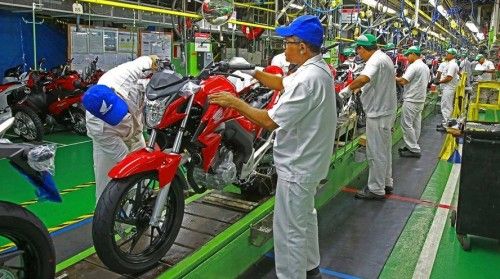Brazil‘s exports grew 46.5% year-on-year in May, to 26.948 million dollars.
On the contrary, Brazilian imports of products totaled 17.657 million dollars, an advance of 57.4%, reported the Ministry of Development, Industry and Foreign Trade.
From the point of view of the Central Bank of Brazil, the new fiscal stimuli in some developed countries, together with the advances in the implementation of immunization programs against Covid-19, should promote a more robust recovery of activity throughout the anus.
In parallel, the announcements from the main central banks suggest that the monetary stimulus will be durable.

However, market questions about inflation risks in these economies can make the environment challenging for emerging countries.
Regarding the Brazilian economic activity, recent indicators show a more positive evolution than expected, despite the fact that the intensity of the second wave of the pandemic was greater than expected.

In perspective, uncertainty about the pace of economic growth remains higher than usual, but should gradually return to normal.
Brazil’s exports
The Brazilian economy continues to be oriented towards the domestic market: global bilateral trade flows of goods and services represented around 25% of GDP.
At year-on-year rates, Brazil’s exports from January to May grew 31.1%, to 109,065 million dollars, while its imports increased 20.9%, to 83,212 million dollars.
The expansion of exports was mainly driven by the growth in sales of the following products: non-oleaginous fruits and nuts, fresh or dry (41.2%), soybeans (48.8%) and raw cotton (82.5%) in agriculture; and iron minerals and concentrates (143.8%), aluminum minerals and concentrates (40.4%) and crude oil or bituminous mineral oils, crude (46.4%) in the extractive industry.
Regarding manufacturing industry exports, the outstanding products for their growth rates were: petroleum fuel oils or bituminous minerals (except crude) (142.9%), semi-finished products, ingots and other primary forms of iron or steel (91.4%) and passenger motor vehicles (1,084.8 percent).
In general, the rates are high due to the low base of comparison, due to the effects of the pandemic in 2020.
![]()

